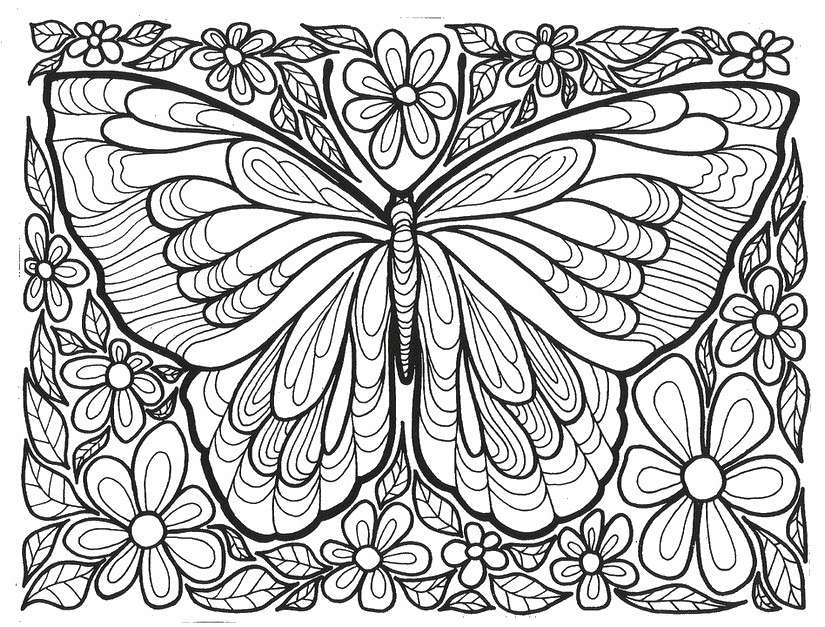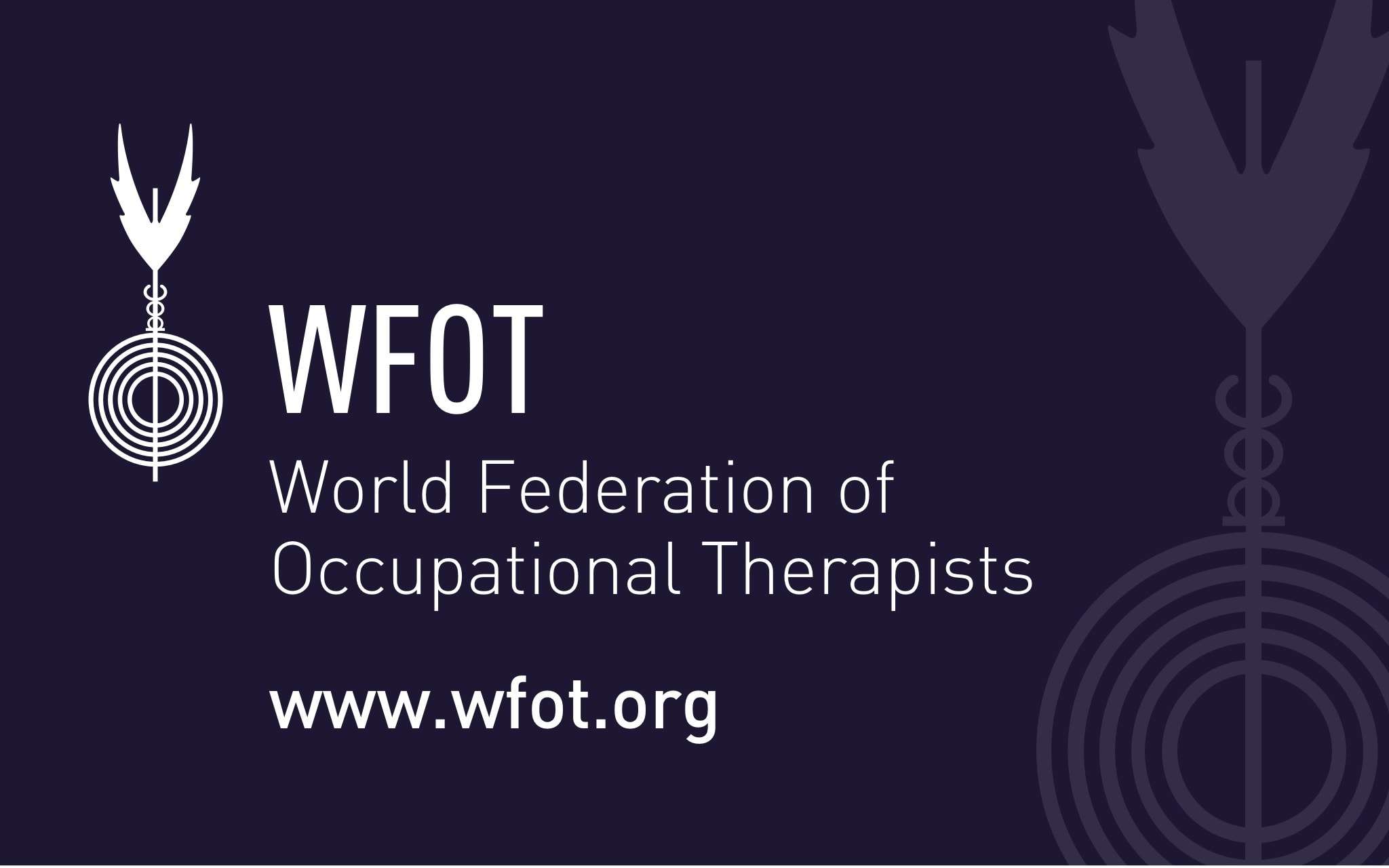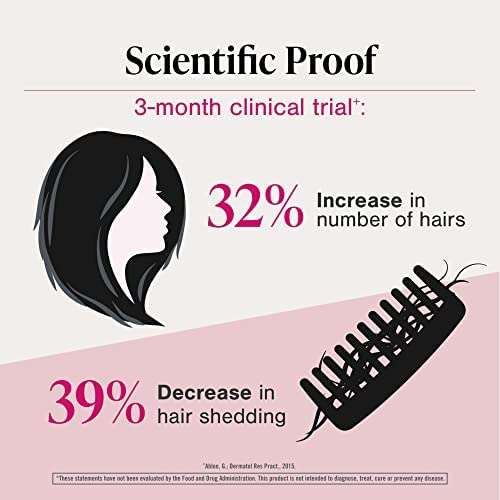Screens and Decision Making Tools
Mental Health Screening Tools
A screening is a tool that has been proven by research to help identify symptoms of a mental health disorder. MHA’s screening tools provide an anonymous, free and private way to learn about your mental health and if you are showing warning signs of a mental illness.
Mental Health Screening Tools
A screening only takes a few minutes, and after you are finished you will be given information about the next steps you should take based on the results. A screening is not a diagnosis, but it can be a helpful tool for starting a conversation with your doctor or a loved one about your mental health.
MHA has screening tools to help identify signs of:
- Depression
- Anxiety
- Bipolar Disorder
- PTSD (Post Traumatic Stress Disorder)
- Alcohol or Substance Use Problems;
- Psychosis; and
- Eating Disorders
There are also screening tools to help young people and parents to determine if a young person’s emotions, attention, or behaviors might be signs of a mental health problem.
Stress Test
This is a questionnaire that was developed to determine the degree of stress you are experiencing.
Stress Test
Interactive Where to Get Help Tool
This tool helps guide you to sources for seeking mental health help based on your answers to a short series of questions.
Interactive Where to Get Help Tool
Worksheets
Keep Your Mind Grounded
Physical Symptoms and Feelings Tracker
Your Mind Your Body – Talking to Your Doctor About Mental Health
Feeling Safe
Preparing to Share
When Change is Hard
The following four worksheets were developed to accompany the #4Mind4Body Challenge and provide questions to think about as you plan to make changes in favor of a healthier lifestyle.
When Changing Diet is Hard
When Changing Exercise is Hard
When Changing Sleep is Hard
When Managing Stress is Hard
A Letter to Risky Business
This worksheet provides prompts for working through why you take part in risky behaviors, how they are harming your wellbeing, and what you can do take control of these behaviors.
A Letter to Risky Business
Filling the Void
What makes you turn to risky behaviors? What needs are you trying to fulfill?
Filling the Void
Think Ahead
Organizing your thoughts and taking steps to feel better can be tough when you’re weighed down by a mental health disorder. That’s why it’s important to think ahead. At a time when you’re feeling well and able, use this worksheet to prepare or plan ahead.
Think Ahead
Stopping Stupid Thoughts
This worksheet lays out a five-step process for challenging cognitive distortions or “stupid thoughts.” These inaccurate or exaggerated thoughts can be extreme and frequent, and often damage self-esteem, mood, and relationships with others, contributing to anxiety and depression – which is why it’s so important to work through them.
Stopping Stupid Thoughts
What’s Underneath
Taking the time to slow down and identify what we are really experiencing can help us feel better and can improve our relationships with others. This worksheet will help you to build your emotional vocabulary to help you better understand and communicate your feelings.
What’s Underneath
Sample Letter for Starting a Conversation About Mental Health Struggles
Originally designed for MHA’s 2016 Back to School Toolkit, this fill-in-the-blanks style letter is good for people of all ages who want to start a conversation about struggles with their mental health, but aren’t sure how to get started.
Sample Letter for Starting a Conversation About Mental Health Struggles
Other
This is a place on the MHA website where people can post videos, images or words describing their personal experience with mental illnesses. You can make written and/or image submissions directly through the site, or you can submit videos, images, blogs or just a few words by posting with #mentalillnessfeelslike on Instagram or Twitter. Posting with our hashtag is a way to speak up, to share your point of view with people who may be struggling to explain what they are going through—and help others figure out if they too are showing signs of a mental illness. Sharing is the key to breaking down negative attitudes surrounding mental illnesses and to showing others that they are not alone in their feelings and their symptoms.
#MentalIllnessFeelsLike
When we talk about health, we can’t just focus on heart health, or liver health, or brain health, and not whole health. You have to see the whole person, and make use of the tools and resources that benefit minds and bodies together. We’ve created a place where people can share what they are doing to address their whole health by collecting posts with #4mind4body. Check it out.
#4Mind4Body
31 Tips to Boost Your Mental Health (List):
A collection of 31 tips for improving mental health with pictures, videos and links to help you get started.
31 Tips to Boost Your Mental Health
31 Ways to Work on Your Wellness (Poster)
A printable poster with a tip for each day of the month of May.
31 Ways to Work on Your Wellness
Ten Tools to Help Live Your Life Well
This page outlines 10 simple, evidence-based tools you can use to make healthy lifestyle changes.
Ten Tools to Help Live Your Life Well
Create a Psychiatric Advance Directive
Similar to a medical advance directive or a health care power of attorney, a psychiatric advance directive is a legal document completed in a time of wellness that provides instructions regarding treatment or services one wishes to have or not have, and appoint an agent who may make decisions about your treatment during a mental health crisis. A mental health crisis is when a person is unable to make or communicate rational decisions. Here you will be provided a four-step process for creating a Psychiatric Advance Directive.
Create a Psychiatric Advance Directive

The COVID-19 pandemic is harming the mental health of many Americans — 53% of Kaiser Family Foundation research report respondents say the pandemic is impacting their mental health. But mental health concerns are not a new phenomenon. According to the American Psychological Association, mental health issues such as anxiety and depression have been a growing problem in the United States for over a decade, impacting millions of individuals every year. Data from Mental Health America (MHA) highlights that 19% of U.S. adults are affected with mental illness and nearly 14% of young people (ages 12 to 17) have struggled with a major depressive episode.
A wellness toolbox can provide individuals with essential coping skills, tools, activities, and resources that can help them address negative moods, reduce stress, and alleviate anxiety and depression. But because everyone responds differently to stressful or difficult life events, the best tools to help maintain a healthy mental state will vary from person to person.
For nurses looking to help individuals with mental health issues overcome life’s challenges, the online Bachelor of Science in Nursing to Doctor of Nursing Practice (BSN-DNP) from Hawai’i Pacific University and its Psychiatric Mental Health Nurse Practitioner concentration can prepare them with the knowledge and skills to guide patients on a path toward better mental health. One way they can do this is by helping individuals struggling with mental illness develop a customized wellness toolbox that supports their unique needs.
What Are Wellness Tools for Mental Health?
When professional electricians or plumbers go on-site to fix a problem, whether they are restoring power or repairing a leaky pipe, they bring along tools of the trade to do their work. These tools are contained in a toolbox for easy access.
Similarly, a wellness toolbox houses all the tools an individual can use to overcome an obstacle, barrier, or challenge that may hamper their journey to a healthier state of mind. A wellness toolbox includes strategies, skills, and resources that are accessible at any time to help an individual cope with tough times and improve their mental and emotional wellness. Individuals need to include wellness tools for mental health that have proven to be effective in helping them feel better and relieve troubling symptoms in the past.
Wellness tools for mental health can include self-care activities that individuals can do by themselves, for example, journaling, exercising, or taking a warm bath. By devoting time to self-care, a person can cultivate a greater sense of self-worth and develop a more positive outlook. Many self-care activities are available to choose from, including the following:
- Riding a bike
- Taking a meditative walk in nature
- Performing breathing or mindfulness exercises
- Drawing, painting, or pottery
- Writing down accomplishments
- Listening to music
- Doing a routine activity, like washing dishes or putting away laundry
- Taking a break in a quiet setting
- Including healthy food choices in their diet
- Limiting screen time
- Reading a book
- Making a to-do list
Other tools can be more social in nature, involving person-to-person interactions such as meeting friends for coffee or doing something special with a loved one. Social interactions can help individuals build a sense of well-being because they promote feelings of belonging and create opportunities for a positive feedback loop — a compliment from a friend, for example, can brighten up a person’s day. Or simply enjoying the company of someone else can lead to smiling and laughter. Wellness tools for mental health that involve social interaction include the following:
- Going for a walk with a friend
- Attending a support group
- Meeting new people during an outing, like at a museum
- Enrolling in art classes at a local community center
- Volunteering at a food bank
- Playing a team sport, like basketball or tennis
- Helping at a community garden
- Joining a hobby club
- Participating in a yoga or tai chi class
It’s key to note that wellness tools for mental health are not replacements for prescribed medicines. In specific scenarios, professional help may be needed. Signs that may indicate a need for professional help include sleep problems, appetite changes, difficulty concentrating, and loss of interest in enjoyable activities.
These symptoms may indicate a deeper issue, and require an appointment to see a counselor or talk to a health professional. Depending on the individual’s need, the professional can guide them toward solutions to help them overcome their mental health challenges. Common types of mental health providers include the following:
- Psychiatrist: Mental health specialists with a Doctor of Medicine (MD) or Doctor of Osteopathic Medicine (DO)
- Psychologist: Mental health specialists with a doctoral degree (PhD, PsyD, or EdD)
- Psychiatric mental health nurse practitioner: Mental health specialists who are psychiatric mental health advanced practice registered nurses with at least a master’s degree
- Licensed clinical social worker: Mental health specialists with a master’s degree in social work (MSW) or sometimes a doctorate in social work (DSW or PhD)
Building a Plan: Wellness Toolbox Examples
The previous wellness toolbox examples show the different ways individuals can improve their mental and emotional wellness. However, an effective plan is more than just a list. Wellness toolboxes should be organized into the following connected categories to create a cohesive plan designed to mitigate the effects of mental health concerns.
Interpersonal
This category focuses on the relationships that can strengthen an individual’s mental health. Relationships can help ward off loneliness, provide individuals with a sense of connection and purpose in life, and serve as a foundation to a social support structure. Activities to build up this category include nurturing friendships, participating in peer counseling, talking to health care professionals, and being part of a support group.
Communal
The communal category encompasses ways of being part of a community. Types of activities include getting involved in community projects, volunteering for an organization, collecting donations for a nonprofit, or participating in fundraising projects. Working in a community connects people working for a common cause and creates opportunities to solve problems collaboratively or share humor and frustrations, which can help reduce anxiety and improve mental well-being.
Self-Care
Some individuals, particularly caregivers, often shoulder many responsibilities or are so focused on helping others that they neglect their personal needs. But by neglecting self-care, individuals put themselves at risk of becoming depleted — mentally, emotionally, and physically. Self-care activities such as eating right, exercising, and getting sufficient sleep can improve physical, mental, and emotional health.
Spirituality
Spirituality is centered on some of life’s biggest questions. What is our purpose here on Earth? How are we connected to nature and to everyone else? What does the future hold? In looking for answers, common spiritual practices such as meditation, contemplation, prayer, and having hope positively impact an individual’s overall mental well-being. Regular religious practice, such as attending a weekly religious service with others, can help a person become more connected to others and build sustaining relationships. Soul-nourishing experiences can also come in the form of solitude, nature walks, and making a list of all the things in life to be thankful for.
Developing Positive Coping Strategies for Mental Health
While going for a walk can help an individual feel better in a time of crisis, for someone else, the ticket to improving their mental health may be to watch a movie. There is no one-size-fits-all wellness toolbox.
Health care professionals can help individuals develop positive mental health coping strategies that are personalized and aligned with the individual’s specific needs and personality. For example, a Nursing Times article describes “five activities most beneficial to feeling and functioning well.” These include connecting with people, being active, taking notice (being aware of the present), learning continuously, and giving.
Psychiatric mental health nurse practitioners (PMHNPs) can assess patients, diagnose illness, prescribe medication, and provide integrative therapy interventions. PMHNPs can also create evidence-based models for their patients’ wellness toolboxes that are most likely to promote the patients’ individual well-being. By combining these treatment options with wellness strategies, PMHNPs can help their patients gain significant ground in achieving mental health.
Nurse practitioners can help individuals develop positive mental health coping strategies by:
- Working with patients to determine which types of strategies are realistic and suit their mental health needs
- Providing patients with guidance on exercises they can do on their own, like practicing mindfulness or breathing exercises
- Educating patients and their families to help fill in knowledge gaps about self-care activities
- Helping individuals stick to their plans and walking them through activities in sessions
- Reassessing the effectiveness of a patient’s wellness toolbox and making adjustments as needed
- Encouraging healthy living and behaviors, including exercise and better nutrition, and elimination of bad habits
Organizations focused on providing services to individuals struggling with mental health issues or that advocate on their behalf offer numerous resources to help individuals develop wellness tools on their own. Here are 10 resources that can help people develop positive mental health coping strategies on their own:
Additionally, apps, podcasts, articles, and other resources designed to help individuals in their mental health journeys are available. Examples include:
- Calm: This app provides guidance on meditation, building mental resilience, and improving sleep.
- Meditation Minis: This podcast guides listeners through short meditations.
- MyStrength: This app is designed to help users improve their awareness and adapt to life.
- The Positive Psychology Podcast: Various topics such as mindfulness and strengths are covered in this podcast.
Mapping the Road to Mental Wellness
Unaddressed mental health issues can lead to substance use disorder — almost 8% of adults and nearly 4% of young people have reported a substance use disorder, according to an MHA report. Mental health issues are also tied to suicidal thoughts. MHA’s Prevalence of Mental Illness 2021 report states that more than 10.7 million Americans have reported serious thoughts of suicide, an increase of 460,000 people over the previous year.
The road to mental wellness is one best taken with tools at one’s side. By developing a wellness toolbox, individuals can have access to essential strategies and resources to help them deal with mental health concerns. For individuals who seek professional guidance, nurses and health care professionals can help them build a wellness toolbox.
For nurses looking to help individuals develop solid mental health, enrolling in Hawai’i Pacific University’s online BSN to DNP program and its Psychiatric Mental Health Nurse Practitioner concentration can help them prepare to make an impact on the lives of individuals undergoing a mental health wellness journey.
The program’s courses — including Advanced Pathophysiology, Advanced Psychiatric/Mental Health Nursing, and Evidence Based Practice for Advanced Nursing — can prepare students with the skills and knowledge necessary to develop positive coping strategies for mental health based on evidence-based models.
Learn how Hawai’i Pacific University’s online BSN to DNP program and its Psychiatric Mental Health Nurse Practitioner concentration can help you care for individuals with mental health challenges and fill the increasing demand for skilled mental health practitioners.
Recommended Readings
Empathy in Health Care: The Role of Psychiatric Mental Health Nurse Practitioners
Which Nurse Practitioner Specialty Is Right for Me?
Underserved Populations in Healthcare: 5 Ways to Bridge the Gap
Sources:
American Association of Nurse Practitioners, Nurse Practitioner (NP) Wellness
American Psychological Association, “Mental Health Issues Increased Significantly in Young Adults Over Last Decade”
Kaiser Family Foundation, “KFF Health Tracking Poll — July 2020”
Kaiser Permanente, Wellness Resources: Self-Care Tools, Tips, and Activities
Mayo Clinic, “Mental Health Providers: Tips on Finding One”
Mental Health America, Get Professional Help If You Need It
Mental Health America, How Connections Help
Mental Health America, Prevalence of Mental Illness 2021
Mental Health America, Take Care of Your Spirit
National Institute of Mental Health, Caring for Your Mental Health
Nursing Times, “The Five Ways to Wellbeing Model: A Framework for Nurses and Patients”
PsychCentral, “Developing a Wellness Toolbox”



